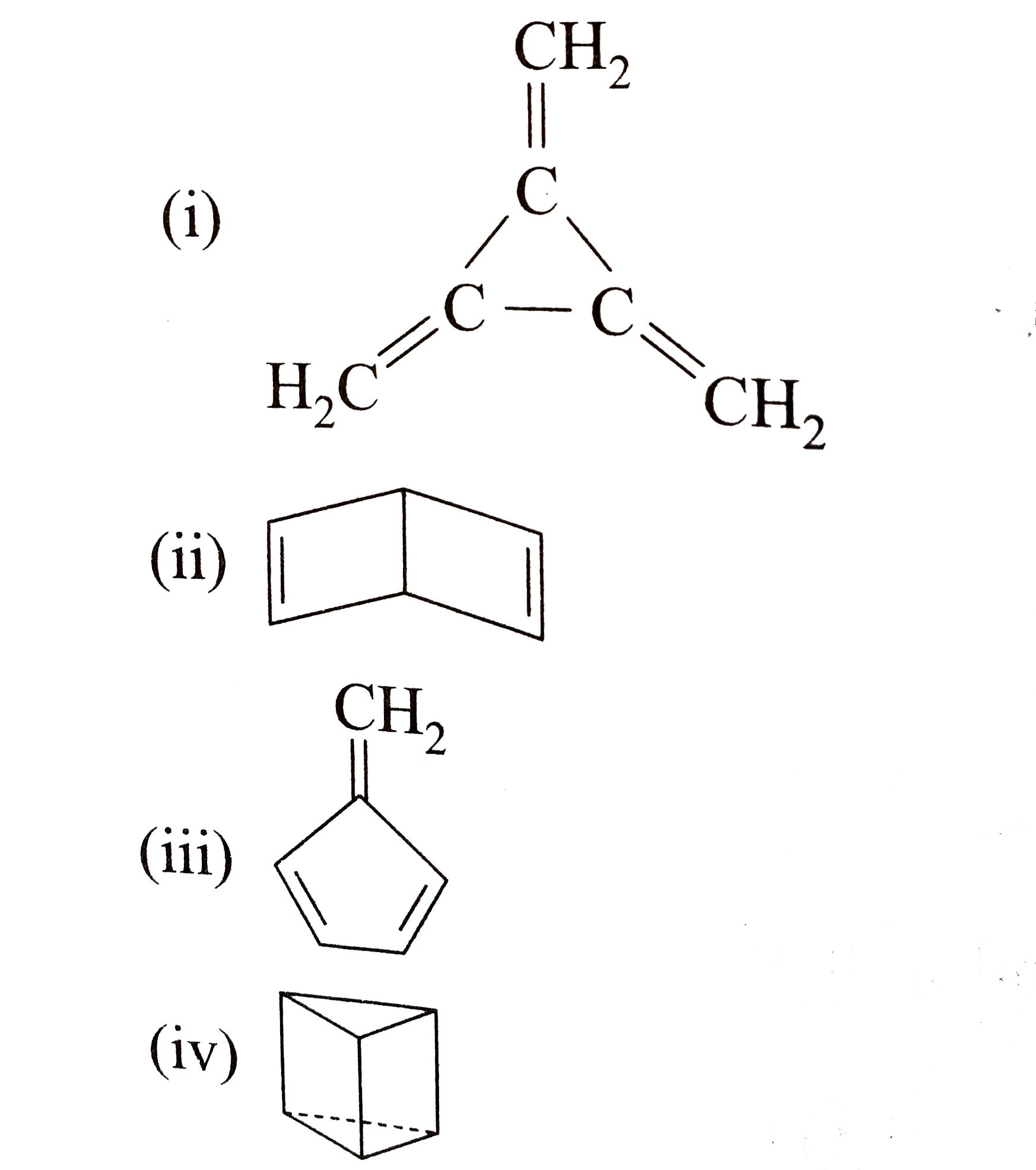When benzene is treated with DCl at low temperatures a compound C6H6DCl, is formed. On warming the reactants, C6H6 and DCl are re-formed. However, in the presence of AlCl3 an isomer of C6H6DCl is produced, which on warming, gives mainly C6H5D and HCl. Explain.
Text Solution
Since D is not incorporated into the benzene I ring in the absence of AlCl3 isomer C has no C-D σ bond. Instead, the D end of DC is attracted to the π cloud of benzene to form a loosely bound π complex, indicated by an arrow in the structural formula. π complexes are also called charge -transfer complexes, because the electron-rich benzene ring,t he donor molecule transfers some electron density to the electron-poor D of DCl, acceptor molecule. wit the catalyst AlCl3, exchange of D+ for H+ occurs o warming. this exhange requires the formation of a C-D bond to give the σ complex. with D+. the benzene ring is reformed by losing an H rather than the D because the C-H bond is weaker than the C-D bond.
|
Topper's Solved these Questions
Similar Questions
Convert C6H6 to C6H5D
View SolutionAn organic compound C8H10 (A) on treatment with alkaline KMnO4 gives a compound C6H6O4. (B) which on strong heating gives C6H4O3 (C). The compound (D) in dry benzene in presen of AlCl3 gives compound (E). The compound (E) on treatment with PCl5 followed by reaction with H2/Pd,BaSO4 gives compound (F). Identify (A) to (F).
View Solution
Knowledge Check
Total number of isomers for the molecule C3H6DCl is
A3B4C6D8Which set of isomers of C6H4l2 is having equal dipole moment with C6H5Cl and C6H6 respectively?
AOrtho and MetaBMeta and ParaCOrtho and ParaDPara and Ortho
Which of the followng C6H6 structures give only one C6H5Br isomer?A(i),(iv)B(i),(ii),(iii),(iv)C(ii),(iii)D(i),(ii),(iv)
Give simple chemical tests to distinguish between the following pairs of compounds :
C6H5CHO and C6H5COCH3
View SolutionCovert C6H6 to C6H5D
View SolutionConvert C6H6toC6H5D.
View SolutionIn the reaction,
C6H6+RCOClAlCl3−−→C6H5COR+HCl
the attacking electrophile is:
View SolutionC6H6CO/HCl,AnhydrousAlCl3−−−−−−−−−−−−−−−−−→High pressureC6H5CHO
This reaction is known as
View Solution
